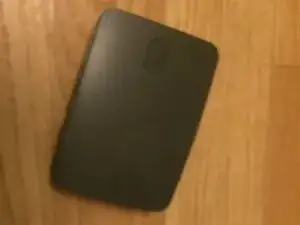
Raspberry Pi SD Card
The Raspberry Pi computer is just that—a computer. It doesn’t include encasing or a display, although the device can be easily hooked up to a monitor, keyboard, and mouse. Protective cases can also be purchased. This lack of exterior accessories shows the user what computers really are at their core.
The first version of the Raspberry Pi was released in February of 2012 with the goal of teaching computer science students and tinkerers alike how computers actually work. Raspberry Pi computers, however, were a lot more popular than the Raspberry Pi Foundation anticipated. The impressive $35 cost made the Raspberry Pi an irresistible new toy for electronic-lovers. Raspberry Pi subsequently expanded its business and, since 2012, has produced numerous Raspberry Pi models. All of these models are single-board computers, but they do have a range of hardware specs. For example, the Raspberry Pi Model A+ has only 512 MB of RAM, while the Raspberry Pi 4 Model B has up to 8 GB of RAM.
Today, Raspberry Pi computers are used in robotics, research, and, of course, education. Raspberry Pi computers are about the size of a credit card. The device is just a single computer board that houses all of the essential computer components usually hidden behind an encasing in other devices.